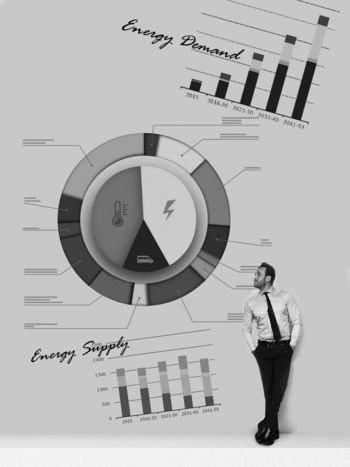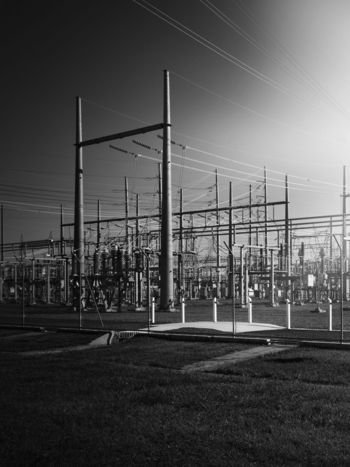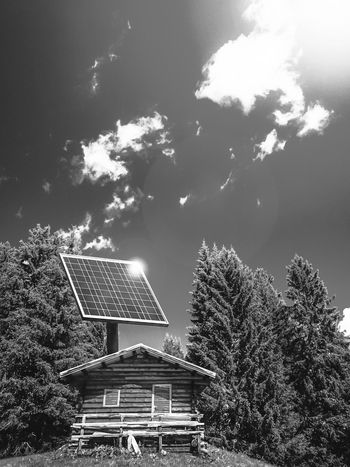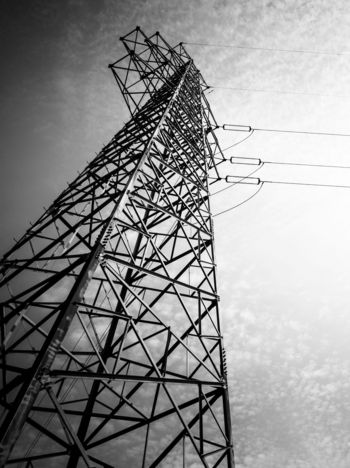Losses in Armoured Three Core Power Cables
Losses in three-core armoured power cables have historically been calculated using the formulas presented in the IEC Standard 60287-1-1. The formulas are based on semi empirical research on cables with smaller conductor cross sections and common sheath which is not representative of the design trend of today’s cables. For armoured three-core cables with greater insulation thickness and larger conductor cross sections than those used in the past, the accuracy of IEC 60287-1-1 is insufficient as the standard typically overestimates the cable losses resulting in over dimensioning of the cables and increased cost.
Members
Convenor (NO)
R. STØLAN
Secretary (SE)
D. PALMGREN
K. ABKEN (GE), G. ANDERS (CA), D. CHATZIPETROS (GR), L. COLLA (IT), Y. DOUIMA (FR), M. HATLO (NO), H. HEO (KR), U. HUANG (UK), W. KAMARA (1ST QUARTER) (CA), J. PILGRIM (UK), S. STURM (GE), R. SVOMA (UK), O. THYRVIN (SE), K. YONEYA (JP), K. ZHANG (CN), J. ZHANG (NL)
Corresponding Members
B. BRIJS (BE), A. GODARD (FR)
Introduction
International commitments to reduce greenhouse gasses alongside with government funding has led to a step change in the competitiveness of the renewable energy market in recent years. Wind and solar power are the renewable technologies with the largest growth rates and are expected to generate roughly 70 % of the world’s energy needs by 2050, while coal powered electricity plants are expected to drop to 10 %.
Replacing offshore gas powered generators with renewable power from shore and fossil fuelled generation onshore with power from offshore wind are just two examples of the measures to reduce carbon emissions where power cables play an important role and constitute a significant part of the total project cost.
Efforts to improve the financial viability of offshore wind puts pressure on windfarm developers and cable manufacturers to reduce the cost of both export and array cables.
Increased wind turbine size and installed power, more specialised installation vessels, project synergies, experience and optimised supply chain are some factors that contributed to a cost reduction of 18 % of installed offshore wind between 2010 and 2019. In addition to upscaling the wind farms, another trend is moving them further away from the shore.
Interconnecting transmission cables increase redundancy by enabling energy flow between countries depending on the generation and demand. As the number of offshore wind farms increases, the use of combined export- and interconnecting cables may provide another level of redundancy.
With AC-transmission reaching distances of more than 200 km, having accurate cable parameters is essential for finding the correct system design and calculating capital and operational expenditures. Using accurate cable parameters for the cable design results in potentially large cost savings when compared to designs calculated using IEC 60287-1-1.
Scope and Contents of the Technical Brochure
The members of Study Committee B1 voted in the 2017 SC meeting in New Delhi, to establish a Working Group (WG) to study the topics of the scope proposed by Task Force B1.64. As part of this scope, WG-B1.64 has developed analytical formulae which is verified by measurements of cables using the group’s standardised loss measurement procedure and 3D Finite Element Analysis (FEA). A method for measuring of the magnetic permeability of armour wires is proposed and utilized by the WG to obtain values for the armour wires of the measured cables in order to compare the results from the loss measurements with the loss calculations.
The Technical Brochure is divided into the following chapters:
Chapter 1 “Introduction” contains the introduction, background, terms of reference and a guide for the contents of the TB to help the reader navigate the different subjects.
Chapter 2 “Cable losses overview” describes the physics responsible for the losses in the cable. It explains how the different parts of the cable interact with each other with the aid of illustrations from Finite Element Analysis. The background of the formulas of IEC 60287-1-1 are discussed and compared in a qualitative way to the current understanding of the physics behind the losses in three-core armoured cables.
Chapter 3 “Calculations” introduces two analytical calculation methods. Results obtained using methods 1 and 2 are compared extensively throughout the TB. Method 1 has been in continuous development by the WG. Method 2 is used as originally published [7].




